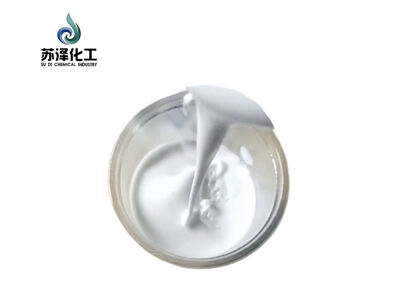Molecular Structure and Basic Characteristics
The chemical and industrial applications of Dibenzoyl peroxide (DBPO) are determined by its unique molecular structure. Organic compound contains two benzoyl groups, attached to one another by a peroxide linkage which forms a symmetrical structure, that when under pure form is present in the form of white crystalline powder. The central peroxide bond is the most reactive site having relatively low bond dissociation providing for homolytic division under defined conditions. This structural feature renders DBPO especially valuable as a free radical initiator in different chemical procedures.
The compound is moderately soluble in many organic solvents and almost insoluble in water, this property alters the manner in which it is handled and applied. Another important issue is thermal stability with pure DBPO showing gradual decomposition at room temperature and the process increase exponentially at temperature higher than its melting point 103-105°C. These basic properties require serious thinking when it comes to storage and transportation because improper environments can lead to premature decay and impaired utility in industrial settings.
Reactivity and Decomposition Mechanisms
The main source of chemical reactivity of the dibenzoyl peroxide comes from the capability to undergo homolytic cleavage of the oxygen-oxygen bond at elevated temperatures, when light or chemical activators are applied. This decomposition yields very reactive benzoyloxy radicals acting as initiators of polymerization reactions or as participants in various oxidation reactions. The kinetic for decomposition is first order and has significant temperature dependencies with half-life dropping exponentially as temperature is increased – a property which the process engineers make very good use of in their industrial processes.
In controlled environments, these radicals can abstract hydrogen atoms or add to double bonds, hence, DBPO is especially active at vinyl polymerization. Nevertheless, the same reactivity forms safety concerns because exothermic decomposition may become self-accelerating in specific circumstances. Some producers have created stabilized formulations that include phlegmatizing agents which manage this reactivity but conserves the compound’s capabilities as an initiator. Stability-reactivity balance continues to be a major concern of producers for different industries.
Industrial Applications and Performance Factors
The unique chemical properties of dibenzoyl peroxide has placed it as a key product within various industries with most holding it in its place in the polymer manufacturing industry. As a polymerization initiator, it supports the manufacture of various plastics and resins through enabling controlled radical generation at processing temperatures. The oxidizing properties of this product are used in pharmaceutical and cosmetics formulations, albeit in very small concentrations compared to industrial applications. The balance required between inherent compounds reactivity and stability needs when handling the compound is critically dependent and on each case.
Formulation technology has developed to meet varied application needs. Some of the producers provide DBPO in purity grade and in a carrier system that is adapted to each industrial process. Water-wet structures increase safety in transportation, and powder shapes deliver maximum active content for specific usage. Another tunable parameter that influences dissolution rates and dispersion factors in different media, the parameter refers to a particle size distribution. Such formulation variations enable manufacturers to tailor the compound’s properties for temperature ranges and reaction systems other than the original.
Safety Considerations and Handling Protocols
Careful adherence to safety measures is needed in the management of dibenzoyl peroxide because it acts as both oxidizer and organic peroxide. Storage conditions generally involve control of temperature, exclusion from direct sunlight and segregation from incompatible materials such as strong reducing agent etc. Many industrial users would rather obtain the compound in stabilized doses that contain compatible phlegmatizers that greatly minimize shock and friction sensitivity while minimizing chemical efficacy.
Fire safety is a specific issue [in the case of DBPO], because it can intensify combustion, which might explode if the compound is confined during heating. Advanced facilitation plant utilizes special equipment and bushes to reduce the risks in producing and packaging. Transportation regulation divides dibenzoyl peroxide according to its formulation and concentration, more stable forms can be allowed on a broader scope of transportation. These safety factors have fueled constant progress in formulation technology in order to increase the usability of the compound while minimizing the hazards.



